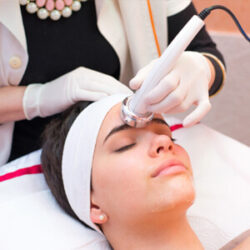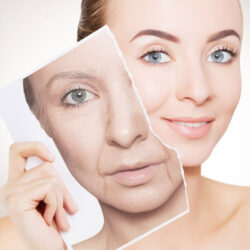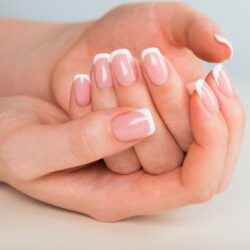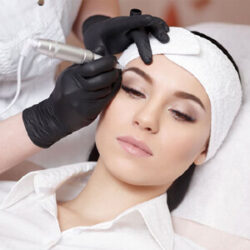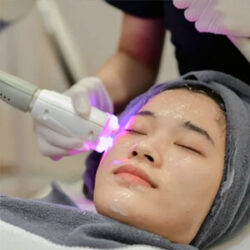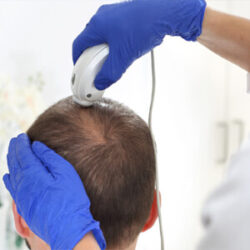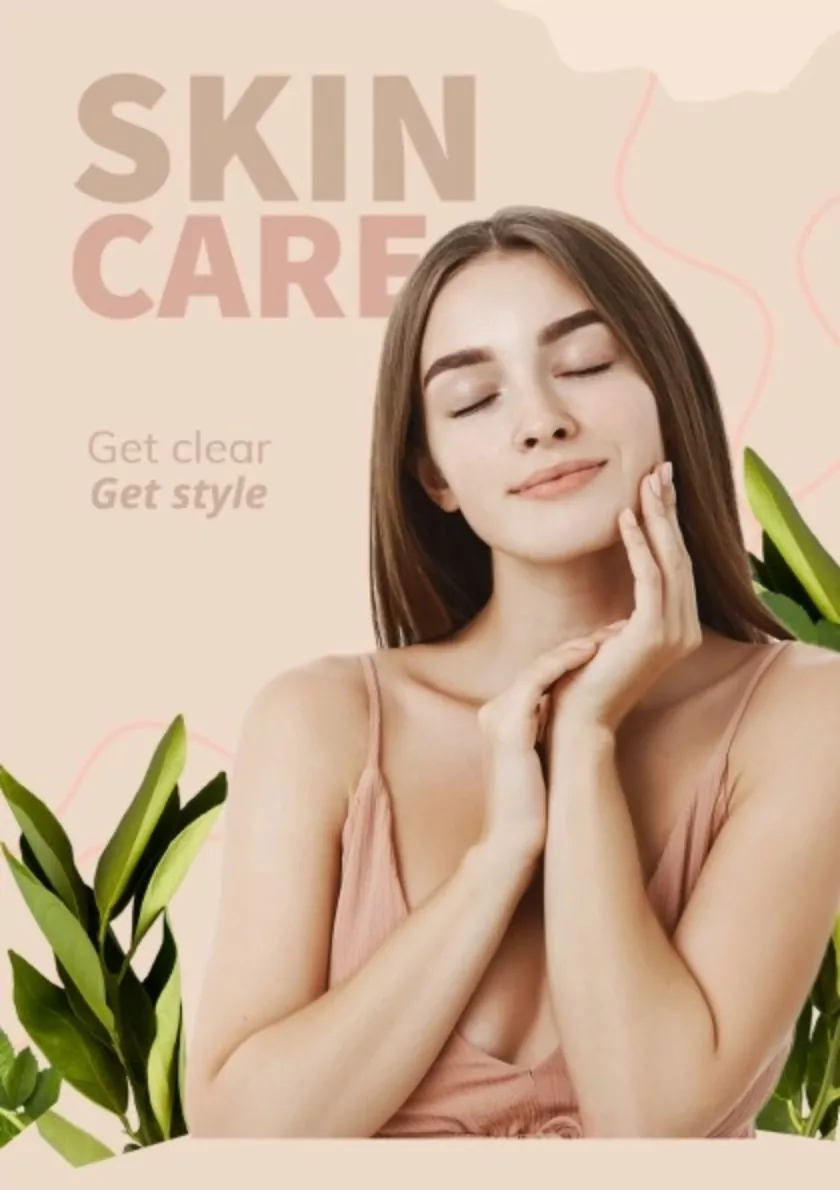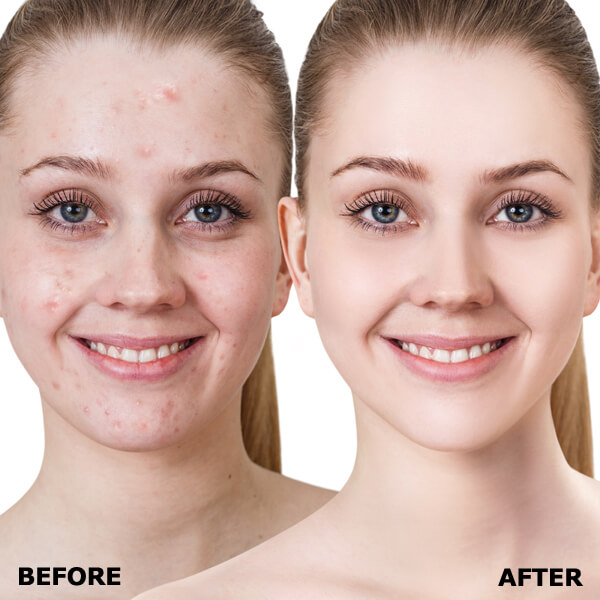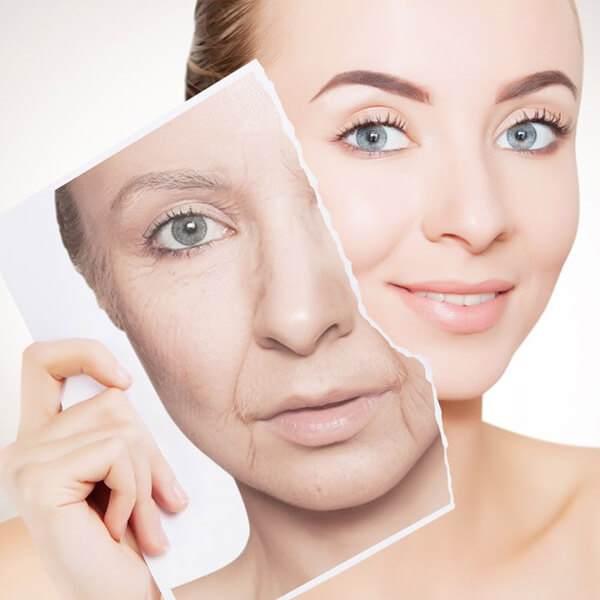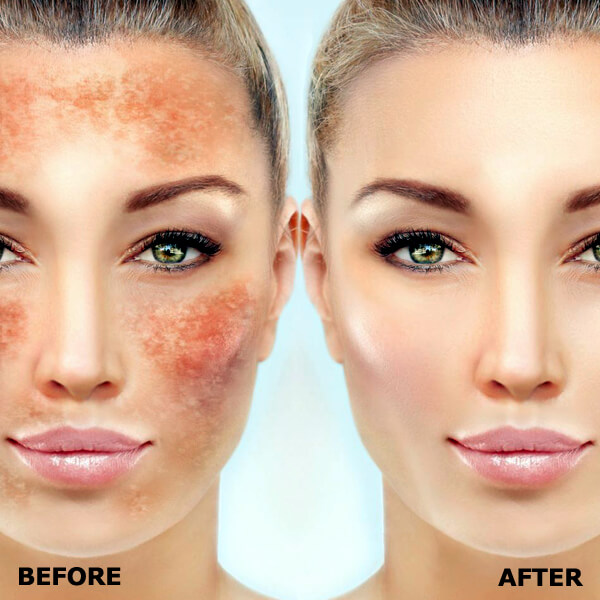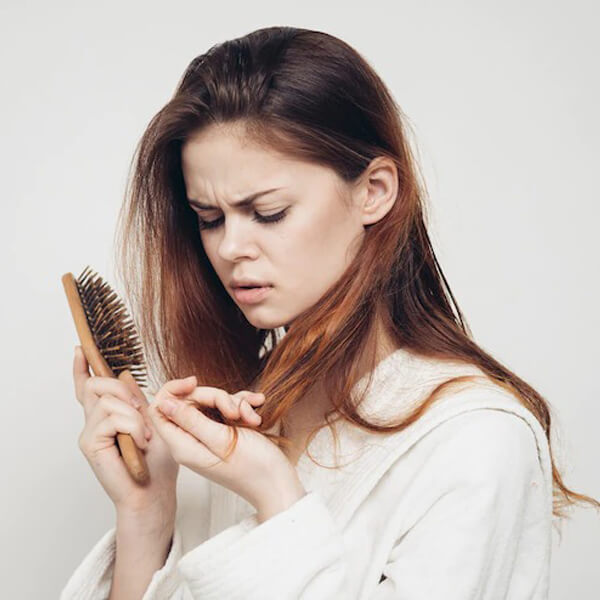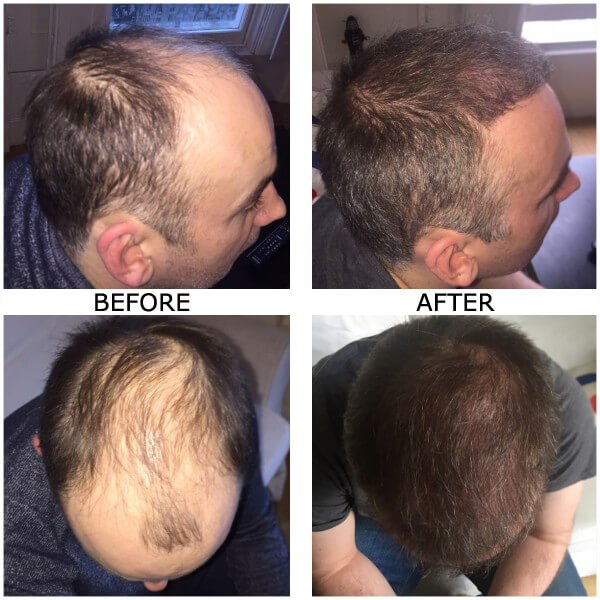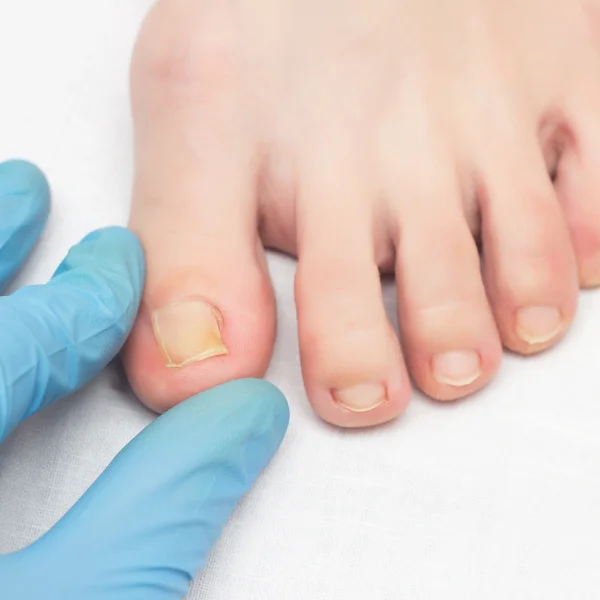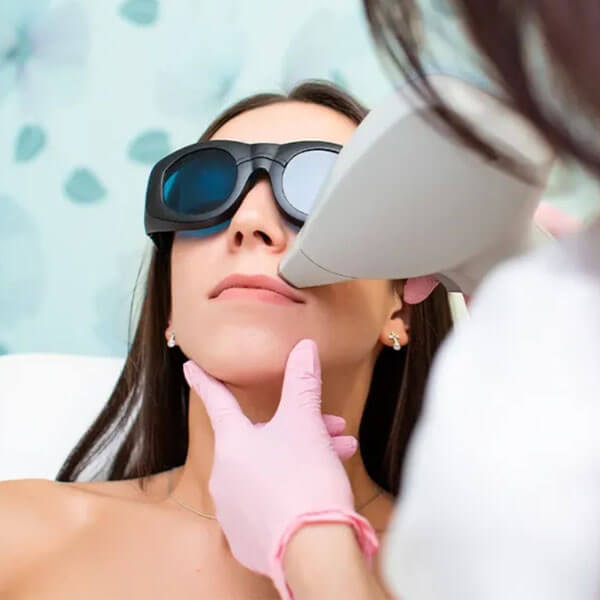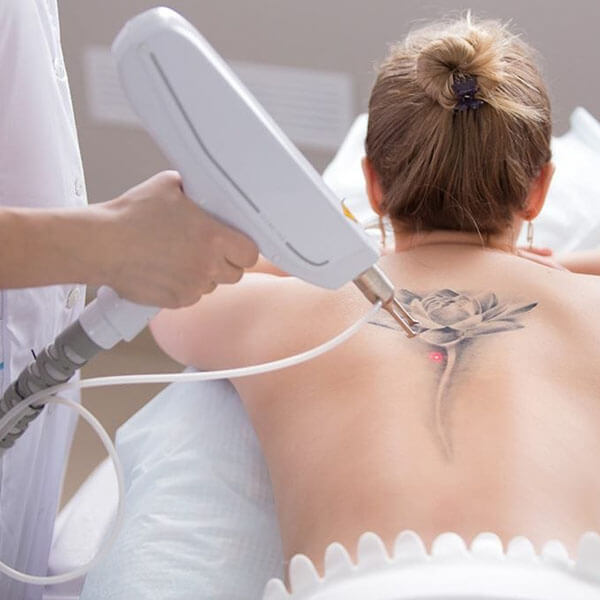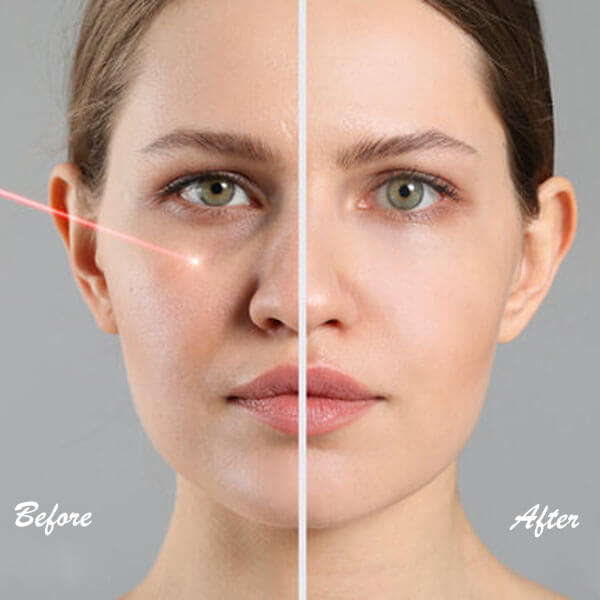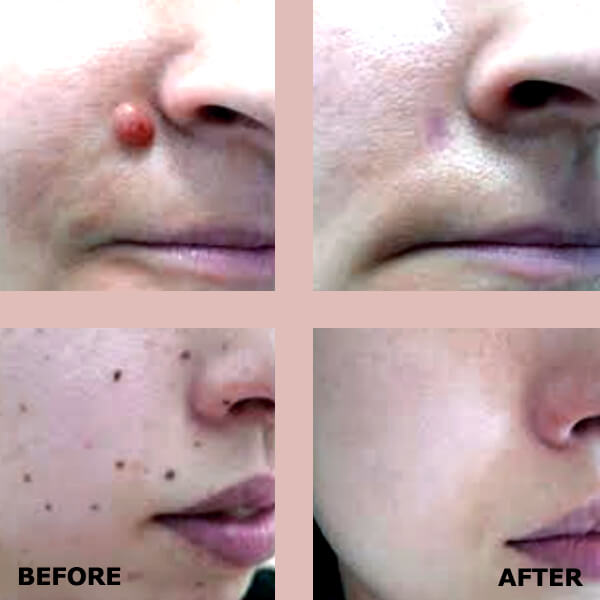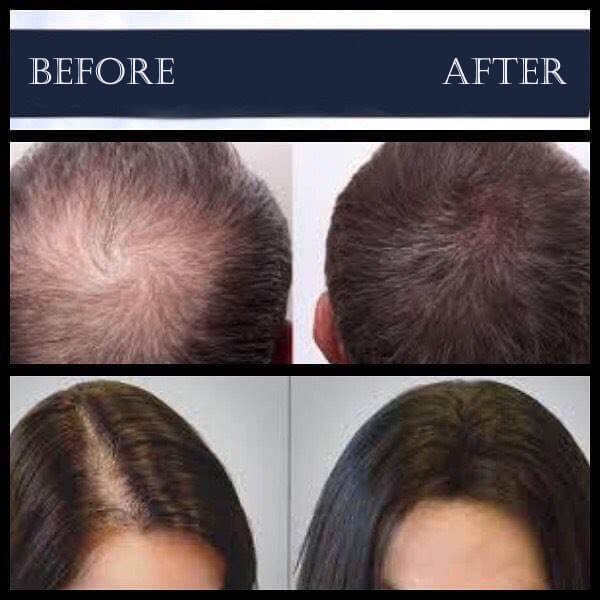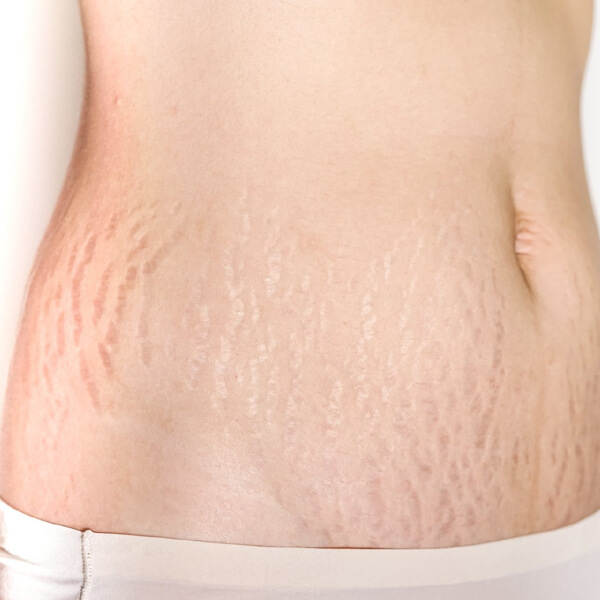Showing all 12 results
Our Services
Find our Services by Category
Acne Treatment
₹400.00Acne represents a common skin condition which produces facial and body skin lesions including pimples, blackheads, and whiteheads. The condition develops when dead skin cells accumulate along with excessive oil and bacterial growth that block pores. While acne predominantly affects teenagers, it can affect anyone at any age and requires professional care from the best acne doctor in Patna for long-term remedial actions.
At R Square Skin, Hair, Nail Clinic, we provide patients with customized acne treatment in Patna using state-of-the-art technology and proven dermatological methods, under the guidance of Dr. Rizwana Barkat. Dr. Barkat is the best dermatologist in Patna, delivering safe and successful acne treatment solutions for active acne as well as related concerns like acne marks and scarring.
Untreated acne may cause lasting damage to skin which results in scarring along with hyperpigmentation and acne marks that persist. To address these complications arising out of prolonged acne issues, the clinic provides specialized acne scar treatment in Patna to patients who need long-term solutions. Our treatments are primarily focused on non-surgical and minimally invasive acne solutions which produce excellent results while requiring minimal recovery time.
Anti Aging Treatment
₹400.00The anti-aging treatments in Patna employ minimally invasive and non-surgical methods to delay the aging process. Sun exposure leads to most visible skin aging which becomes dangerous when skin gets inadequate protection.
The range of anti-aging treatments includes medical-grade skincare products as well as sophisticated medical procedures. The combination of retinoids with antioxidants and sunscreen creates a solid base for effective anti-aging care.
When seeking expert care for anti-aging therapies, Dr. Rizwana Barkat (MBBS, MD Skin & V.D) is the best dermatologist in Patna whom you should consult for your needs. A qualified dermatologist needs to evaluate each patient to determine the most suitable procedure and whether multiple treatments should be combined.
The advanced wrinkle treatments in Patna consist of chemical peels, microdermabrasion, and laser therapy. The procedures deliver substantial skin texture enhancements and noticeable improvements while diminishing aging signs.
The modern treatments available at R Square Skin, Hair, Nail Clinic deliver impressive outcomes with personalized skin care that addresses your specific needs.
Anti Pigmentation & Hyperpigmentation Treatment
₹400.00Pigmentation is the term used to describe the coloring of the skin. Melanin production is diminished or increased in a variety of skin pigmentation diseases.
Melanin is the primary pigment responsible for skin pigmentation and consequently the maintenance of diverse skin tones, skin colour, and skin types.
If the body generates a lot of melanin, it can cause skin darkening, also known as hyperpigmentation. If the body generates very little or no melanin, it may result in skin whitening.
Our pigmentation treatment is specially designed to get rid of the dark patches in the skin, as well as it works in various ways to treat all other skin problems.
Hair Loss Treatment
₹400.00Hair loss is quite common in today’s day and age. Most prevalent in older adults, even younger individuals might face hair loss. At R Square Skin, Hair, Nail Clinic, we offer you the best hair fall treatment in Patna, tailored to suit your hair type and hair loss patterns.
A typical individual loses around 100 strands of hair per day which is considered to be a normal amount even though it sounds quite alarming. Your head has more than 1,00,000 hair on it so losing such an amount of hair is barely noticeable. New hair normally replaces the lost hair, but this doesn’t always happen.
If you’re noticing unusual hair shedding, it may be time to consult a trusted hair loss doctor in Patna. Hair loss may occur suddenly or over a period of time and it might simply affect your scalp or your whole body. Hair loss can be temporary or permanent depending on the underlying causes.
Effective hair loss treatment in Patna is available based on the type and degree of hair loss you are facing. These treatments might help you to reverse hair loss, or at least slow it. With some conditions, hair might grow back over a period of time with medication and prescription drugs, whereas, some conditions might require some more extensive treatments.
Hair Transplantation
₹400.00The surgical procedure of hair transplant involves transplanting hair follicles from the scalp’s back section to bald or thinning areas. The medical procedure helps men with male pattern baldness but doctors also perform it to restore hair growth in facial and body areas including eyebrows, beard, and chest.
There are two main methods of hair transplant:
- Follicular Unit Transplantation (FUT): The strip method of Follicular Unit Transplantation (FUT) requires doctors to remove a skin strip from the donor areas, typically the back scalp region, before they dissect it into individual follicular units for hair transplantation.
- Follicular Unit Extraction (FUE): The FUE method involves harvesting individual follicular units from the donor site using a punch-like instrument. The FUE technique creates multiple tiny circular scars in the donor area, but it does not require removing a strip of skin.
The success rate of hair transplantation depends on multiple factors which include patient health status, donor hair quality, and the dermatologist’s proficiency. The best dermatologist in Patna, Dr. Rizwana Barkat, with extensive experience in hair restorations procedures, offers patient-centric treatments with an inidvidualized treatment approach.
The following information will help you decide if hair transplant surgery is right for you:
- Consultation: A hair transplant candidate must first meet with an experienced doctor who will evaluate their hair loss pattern, discuss their goals, and determine their eligibility for the procedure.
- Cost: The expense of hair transplant surgery requires patients to evaluate their financial situation before making a decision. The hair transplant expenses depend on multiple elements which include the degree of hair loss, the chosen technique, and the location of the clinic.
- Recovery: The process of hair transplant recovery includes a period when transplanted hair will shed before new hair growth starts. The doctor will give you specific instructions to follow after your procedure.
- Results: The process of hair transplant recovery takes multiple months because new hair growth from transplanted areas needs time to reach desired density levels.
- Risks and Side Effects: Hair transplants carry the same surgical risks which include infection and scarring and the possibility of achieving unsatisfactory results.
Researching thoroughly about hair transplants should be your first step before selecting an experienced doctor or clinic while maintaining proper expectations about your results. Your first step to determine hair transplant suitability in your case should be consulting with an experienced medical professional.
Ingrown Toenail Treatment
₹400.00Ingrown toenails occur when toenail edges or corners grow into surrounding skin tissue which most commonly cause ingrown toenail on big toe but can affect any toenail including the pinky toe. The affected area usually presents with swelling, redness, and severe pain.
At R Square Skin, Hair, Nail Clinic, we understand the urgency of this condition and take prompt action to treat this condition since timely intervention helps prevent further complications while delivering optimal ingrown toenail pain relief. Dr. Rizwana Barkat (MBBS, MD Skin & V.D) leads the comprehensive ingrown toenail treatment in Patna at our dermatology clinic, combining medical expertise with compassionate care.
With extensive experience in treating multiple nail-related conditions, Dr. Rizwana Barkat serves as a dedicated ingrown toenail specialist who is well-equipped to address your specific condition with precision and care. Our dermatology clinic in Patna is equipped with modern treatment modalities to deliver superior medical services combined with compassionate patient care.
Laser Hair Removal in Patna – Safe & Effective Hair Reduction
₹400.00Laser hair removal uses concentrated light beams that target the pigment (melanin) in hair follicles. The laser energy converts to heat that damages the follicle which stops hair from regrowing.
Our advanced technologies and personalized care for laser hair reduction in Patna offers long-lasting results compared to traditional methods like waxing or threading. So, if you are looking for the best laser hair removal in Patna, R Square Skin, Hair, Nail Clinic located in Phulwari Sharif offers advanced laser technology for permanent hair reduction, serving patients across Patna and Bihar.
Led by Dr. Rizwana Barkat (MBBS, MD Skin & V.D), our team of trained dermatologists provides safe, effective treatments tailored to Indian skin types. Our services provide reliable results for all your hair removal needs including facial hair, body hair, and full body hair removal procedures.
For Women: Our service provides hair removal treatments for women who want to remove hair from their upper lip, chin, underarms, arms, and legs. For Men: Our treatments for men concentrate on larger areas including the back, chest, shoulders, and neck, where traditional grooming methods prove tedious and time-consuming.
The procedure works best on actively growing hair, which is why multiple sessions are necessary for optimal results.
Laser Tattoo Removal
₹400.00Tattoos were used as marks of identification of a person in ancient times, but now, they have become a way of decorating your skin or conveying messages/personality types, etc. When you get yourself inked, you love it at that time. But you may want to get rid of the same tattoo that you had gotten done with tremendous zest, at some point in your life.
Laser tattoo removal, or permanent tattoo removal, is the process of removing tattoos and other forms of body ink by using lasers to fragment particles of ink so that they can be absorbed naturally by the skin.
Pre-treatment consultation
- Analysis of skin tone, type, texture, and color.
- The color and amount of the ink used are analyzed and evaluated.
- The layers of tattoo present in the skin, and the location of the tattoo on the body.
- The pre-existing scarring is also taken into consideration.
- The skin reaction to the laser test is also conducted.
Always consult with a qualified and experienced professional to discuss your specific tattoo, skin type, and any concerns you may have about the laser tattoo removal process.
Microdermabrasion
₹400.00Microdermabrasion is a gentle, non-invasive skin treatment that effectively improves skin texture, reduces age spots, and lightens acne scars. Often referred to as a “lunchtime” wrinkle treatment due to its quick and convenient nature, it works by exfoliating the dull, dead skin layer using friction and suction techniques.
The procedure involves spraying fine aluminum oxide crystals or using a diamond-tipped device to gently remove the top layer of skin, while a vacuum system clears away debris, dirt, and dead cells. This enhances blood circulation, boosts skin regeneration, and leaves the skin smoother, brighter, and more even-toned. Diamond microdermabrasion, in particular, is ideal for treating delicate areas like under the eyes, offering a safe and effective glow-boosting solution.
- Suitable for nearly all skin types
Ideal for treating:
- Dull, tired-looking skin
- Fine lines & wrinkles
- Mild acne scars
- Clogged pores & blackheads
- Sun damage & uneven tone
Consider this treatment your ultimate face polish that brings out your skin’s innate glow in under half an hour.
Mole Removal, Cyst & Lipoma Surgery
₹400.00Moles are skin growths made up of cells that produce colour (pigment). A mole can appear anywhere on the skin, alone or in groups. Most people get a few moles during their first 20 years of life. They are usually brown in colour but can be blue, black, or flesh-coloured. Most moles are harmless and don’t cause pain or other symptoms unless you rub them or they bump against something.
Cysts consist of tissue pockets that contain fluid, pus, or other substances within their closed structure. They can appear throughout the body while presenting as small bumps beneath the skin. Most cysts do not develop into cancer, but they have the potential to cause pain or infection when not treated.
Lipomas are soft fatty growths beneath the skin that develop slowly over time. They are usually harmless and painless. The fat cell composition of lipomas makes them common on the neck, shoulders, back, abdomen, and thighs. Lipomas remain non-cancerous, but removal becomes necessary when they grow larger or develop pain or cosmetic issues.
Moles, cysts, and lipomas can be treated through various methods, depending on their characteristics and your preferences. Here are some common approaches:
1. Excision: During this procedure, the surgeon removes the mole, cyst, or lipoma by cutting it out together with a small margin of adjacent tissue. Dermatologists typically advise excision methods for growths that are either deep-seated or have a large size.
2. Laser removal: Laser therapy uses focused light to break down the pigment in moles or tags, causing them to fade over time. It’s a non-invasive option suitable for smaller moles and tags.
3. Cryotherapy: This involves freezing the mole or cyst using liquid nitrogen. The frozen tissue eventually falls off as the area heals. Cryotherapy is a quick and effective method, but may require multiple sessions.
4. Electrosurgery: This technique uses a high-frequency electrical current to cut or burn off moles or skin tags. It’s often a quick procedure performed by a dermatologist.
5. Topical treatments: Some over-the-counter or prescription creams or ointments may be effective for removing certain types of moles or tags. These products typically work by gradually breaking down the mole or tag.
6. Liposuction (for Lipomas): In some cases, lipomas can be treated using liposuction techniques, especially if they are soft and loosely attached. However, traditional excision remains more effective for complete removal.
Always consult with a professional dermatologist or skin specialist before attempting to remove moles, especially if you notice changes in size, color, or shape, as these could be signs of a more serious issue. Self-removal methods at home can lead to scarring or infection and are generally not recommended.
PRP Hair Treatment in Patna For Hair Loss & Thinning
₹400.00Looking for an effective solution to hair loss without surgery? The minimally invasive hair loss solution you need exists through PRP hair treatment in Patna which provides an innovative treatment method for hair growth restoration.
PRP (Platelet-Rich Plasma) therapy harnesses the healing properties of your blood cells to activate dormant hair follicles and promote natural hair growth. In this way, PRP hair treatment serves as a safe and natural solution for people who show early hair thinning symptoms or experience extensive hair loss.
Located opposite S.K Marriage Park in Phulwari Sharif, R Square Skin, Hair, Nail, Clinic delivers advanced PRP hair treatment in Patna backed by expert dermatological care. Our skilled team provides individualized treatment plans for hair restoration which makes PRP an excellent solution for locales who are seeking safe and low-risk hair regrowth treatments.
Stretch Mark Treatment
₹400.00Get Stretch Marks Removal in Patna – Clinic located at Phulwari Sharif!
When skin gets stretched by sudden growth, it can disrupt collagen production, resulting in scars known as stretch marks. While the initial colour of stretch marks appears like bruises, they fade to lighter shades than the surrounding skin tone.
Multiple factors contribute to stretch marks, including rapid weight gain or loss, pregnancy, and puberty. The severity of marks determines the most suitable treatment approach.
At R Square Skin, Hair, Nail Clinic under Dr. Rizwana Barkat’s expert care, we offer comprehensive stretch mark reduction treatments. Advanced lasers, microneedling & more to fade your stretch marks safely. Our technologically advanced solutions include powerful lasers, chemical peels, and potent vitamin-mineral formulations that effectively address and lighten stretch marks.
Treatment effectiveness varies per individual, but our range of advanced technologies ensures optimal results for patients seeking stretch mark treatment in Patna.

